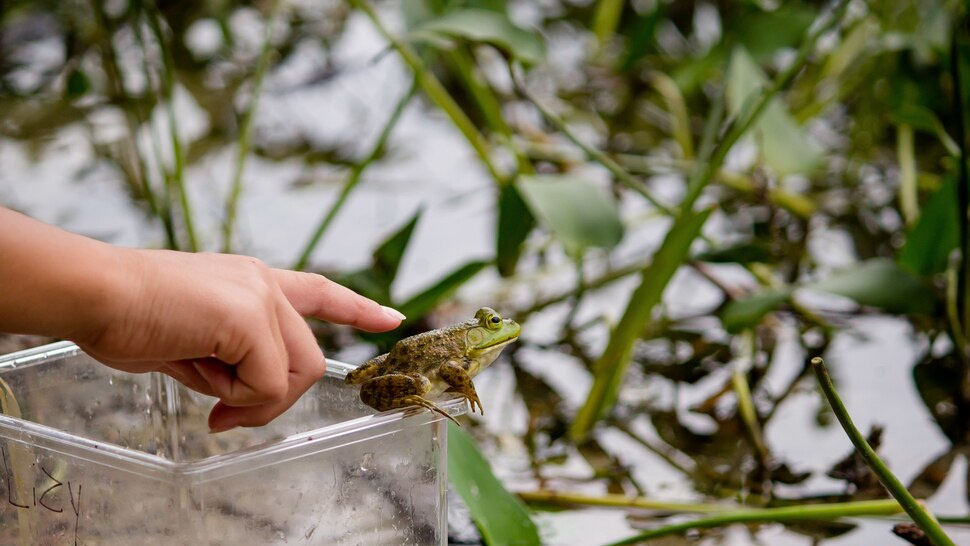Pond management is essential for maintaining a thriving aquatic ecosystem, ensuring both the aesthetic and functional aspects of a pond are in balance. Proper management practices not only enhance the natural beauty of ponds but also create an environment that supports wildlife and aquatic life. One crucial component of pond management is aquatic plant management, which plays a significant role in sustaining a healthy pond. By managing invasive species and fostering the growth of beneficial plants, pond owners can improve water quality and prevent unwanted algae blooms.
The Importance of Aquatic Plant Management in Pond Health
Aquatic plant management focuses on controlling the growth of aquatic plants to avoid overgrowth or undergrowth, both of which can harm the pond's ecosystem. Plants in a pond provide shelter and food for aquatic organisms, improve oxygen levels, and help filter out nutrients. However, when plants grow excessively, they can impede water flow, clog filtration systems, and disrupt the balance of the pond. Proper management practices, such as selective harvesting and the use of herbicides, can keep the plant life under control.
Selective harvesting involves removing specific plants that are overcrowding the pond, ensuring that the remaining plants can continue to thrive without competing for resources. This technique not only maintains the aesthetic appeal of the pond but also supports the survival of the pond's natural biodiversity. On the other hand, herbicide application is often used for more aggressive aquatic plant management when manual removal is not sufficient. The choice of herbicide is critical, as certain chemicals can have adverse effects on non-target species and the surrounding environment.
The Role of Water Quality in Pond Management
Water quality plays a crucial role in the overall health of the pond. Clear water is often a sign of a balanced aquatic system, where plant life is flourishing without overgrowth. Aquatic plant management is directly tied to water quality because plants help absorb excess nutrients like nitrogen and phosphorus, which, if left unchecked, can lead to algae blooms and poor water quality. Regular monitoring of water temperature, pH levels, and nutrient concentrations is essential for maintaining optimal conditions.
Excessive nutrients, often from runoff or organic decay, fuel the growth of invasive species that can take over the pond. These unwanted plants reduce the oxygen content of the water and can cause fish kills. One method of improving water quality through aquatic plant management is planting native species that naturally filter the water, stabilizing the pond's ecosystem and keeping the balance between plant life and aquatic organisms.
Conclusion
Pond management is an ongoing process that requires attention and expertise, particularly when it comes to aquatic plant management. By controlling plant growth, monitoring water quality, and making strategic adjustments, pond owners can ensure their ponds remain healthy and aesthetically pleasing. Effective management not only enhances the visual appeal of the pond but also supports biodiversity and the overall health of the aquatic ecosystem.



Share the News